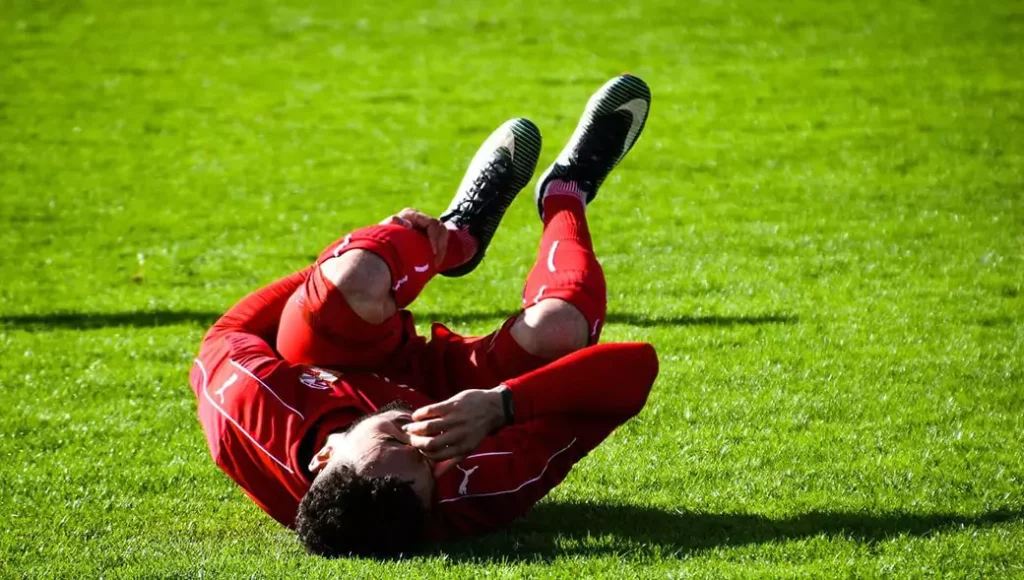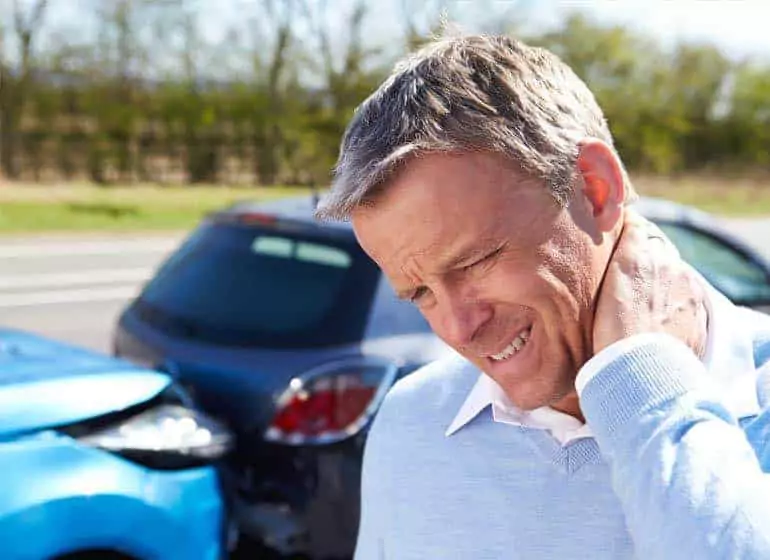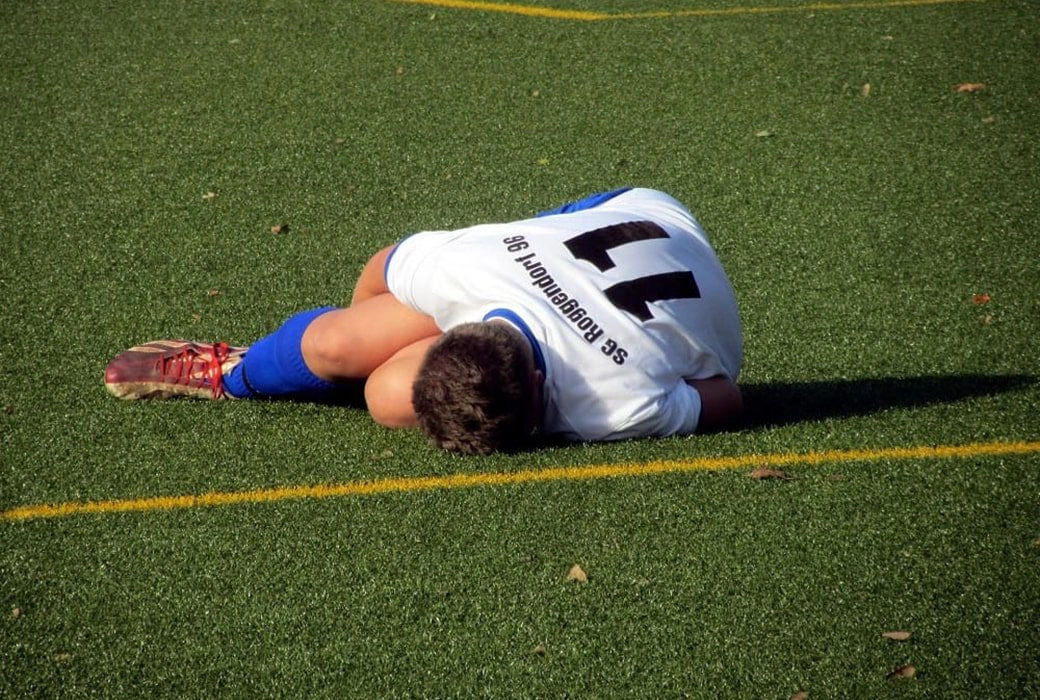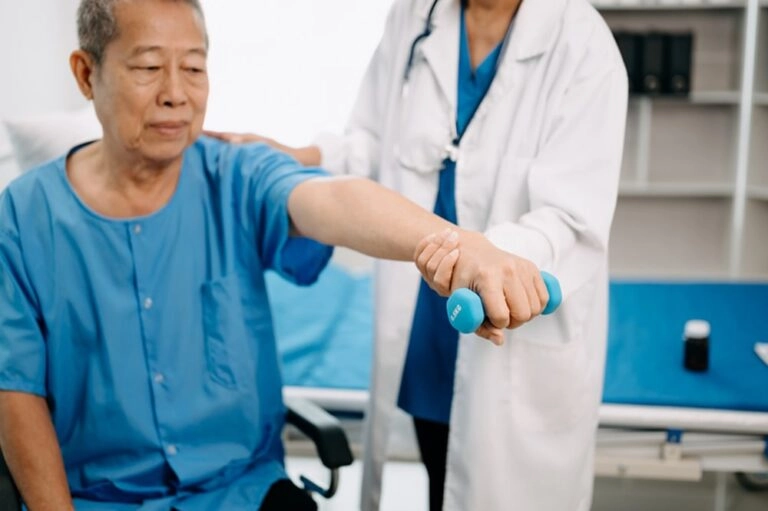Injuries can bring unexpected delays to so many parts of our daily lives. We may ask ourselves, “Should I take a day off from normal activities? Do I need rest my leg to avoid further injury? Should I see my chiropractor for advice? Can I head to the gym after work – or should I just play a board game with the kids instead today?”
True exercise is not always ‘pain-free.’ So how do we determine when the pain is okay? A beneficial workout will bring your body to the point of challenge. However, a productive exercise session will not push to the point of undoing the progress made. Rest and exercise go hand in hand quite well. While some level of soreness can help you get stronger, you should not be in pain once your workout is done.
Train or Don’t Train: The Debate Is Real
We may feel as though even one day off will derail many days of hard work. Perhaps, we know that momentum is often lost once we alter from an established routine. The truth is that should we push too hard, we risk long-term injury.

Pain exists as a warning sign that something has happened in the body. This may mean that an injury has occurred and that part (or all) of our body needs rest. Rest works to help us avoid serious injury, as well as the risk of chronic pain injuries. Pain can also act as a gauge to help us determine when it is okay to return to our activities.
How do we determine when it is okay to push through the pain and when we should take it easy? This will obviously depend very much on the type and severity of the injury. Here are a few points to consider when we must decide what to do – or not do – in the wake of an injury:
- What kind of injury do you think you have?
- Which limb or limbs appear to be affected by injury?
- Has the range of motion been affected for joints that are associated with the injury?
- What resources do you have available to aid recovery?
- Do you have any scheduled athletic events planned? Do not rush yourself.
- Do you have multiple injuries? If so, might these injuries complicate healing in each other if you do not rest?
- How long have you been in pain? Is pain reoccurring?
- What happens when you test movements in both directions of the muscles that work in the area of the injury?
- Have you reviewed the cause of your injury?
Review the Cause of Your Injury
- Did you hurt yourself while exercising?
- Was overexertion part of what caused the injury? (This is a sure sign that rest of the area is needed.)
- What can be done to ensure that an incident is not repeated?
- Did you encounter a pothole in the road while running? Did you get one snowshoe stuck and fall?
- Does any equipment need repair?
- Where you injured during a work activity that needs to be revised?
Accidents will happen. However, we can easily cause greater damage by quickly interacting with the activity that caused us pain in the first place. Eliminating the cause may seem like a no-brainer. Yet, we often have favorite activities with which we feel we cannot part! Avoiding re-injury is key for long-term recovery.

Questions to Ask Yourself Regarding Possible Medical Care
- Are you sure that nothing is broken, torn, or displaced from its joint socket?
- Are you bleeding? If so, how badly?
- Do you think you need to see a physician?
- Do you have a head injury?
- Have you ruled out a visit to the emergency room?
Should I Take a Pain Reliever During Workouts?
Be aware that pain medications can mask pain and allow us to feel as though we are completely better. This can hinder long-term recovery efforts. Stay mindful that muscles, joints, tendons, and ligaments may only be partway to the land of recovery.
What to Do Instead of a Workout
- Complete mild stretching exercises. For minor injuries, consider stretches that place minimal impact directly upon the part of the body that has been injured, but still foster gentle movements of the area.
- Take a brief walk with friends or family if pain allows.
- Do relaxation exercises instead of intense physical exercise.
- Enjoy a chiropractic massage to release toxins and tension in the area.
- Consider focusing on other parts of the body.
- Take a nap. Your body might thank you.
Speed Recovery: Hints to Aid in Healing
After a sprain or strain, any exercise is more about restoring range of motion, staving of stiffness, and rebuilding strength. It is imperative to take things slow. Allow time for your body to catch up to you, your goals, and your lifestyle.
- Reducing inflammation and swelling at the time of an injury can help the body recover faster. Rest. Ice. Compression. Elevation. (R.I.C.E.)
- Sleep well and eat plenty of food that will nourish your body during recovery.
- Drink plenty of fluids.
- Start back with about 30 to 50 percent less intensity than normal.
- Listen to your body. Pain may say, “It’s time to stop for the day.” Stop and regroup the following day.
- Do not rest too much during your recovery time. The body needs to keep blood moving and flowing to better aid in healing. Find a balance that allows you to move around without overusing an injured area.
- Three to five days is often a fair amount of time to allow the body to recover from minor Two weeks to six months may be required for more involved injuries. If a physician has given you specific guidelines, follow them.
Help your body to realize that you are giving it permission to heal properly. Go slow when it is time to get back to your regular workouts. Remember that exercise is meant to benefit the body – not cause harm.









